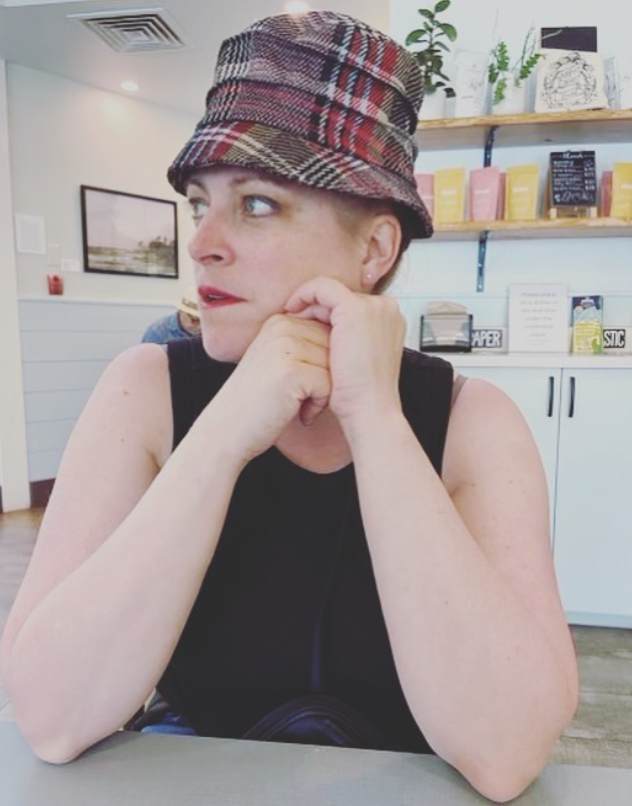Want a Fun Writing Project! Check this Out!

Here’s a shocking fact, five more weeks until Victoria Day long weekend.
GASP!
I know!
But I have something that can ease your pain…I present…
The Never-ending Writing Project
This is how it works.
- Buy or download a kid friendly magazine, like Chirp, Owl, Highlights, National Geographic for Kids, Sports Illustrated for Kids and American Girl.
- Grab a piece of paper or open a word document. Write down all the different writing forms on each page. For example – puzzle, fun facts, short fiction story, poem, interview, word search, picture essay, quiz, recipe or how to/instructions.
- Review the list you just made, how many of these written forms have you already taught? Circle them. Review the rest of the written forms that you did not circle. How many of these written forms could be easily taught to your students? Underline them.
- Take out your curriculum, what units or themes are you covering next in the next few months? Write those down.
Now with all this brainstorming in front of you, this is what I want you to think about.
Could your students make their own magazine or zine over the next few months – by incorporating different types of writing based on a unit or theme?
Did I just hear a YOU BETCHA COACH CLARK?
Good! I love the energy in this space.
Here are the Benefits
- It is differentiated. Some students will create several pages and some will create less.
- It is fun. Students create the pages, and like a magazine editor, decide on the order of the pages. They can create a table of contents and a fancy cover.
- It can be tech or no tech. They can use paper or tech or a mixture of both to make the pages.
- It is a writing project that exists in the real world.
- It is never ending unless you make it end…”It just goes on and on my friends.”
For Example
These are the forms of writing included in the latest issue of American Girl – April 2018
– a poll
-a quiz
-an interview with a pet owner
-a gallery of art
-a profile on a child who sells art to support animals
-a profile on a child who rescued 8 horses with the help of her mom
-a recipe for dog treats
-a photo contest – people who look like their pets
-a reader survey
-a comic (two pages)
-how to draw
-how to start a pet business
-how to do animal yoga poses
-a quiz (12 questions – a,b,c,d)
-a coloring sheet
-how to make rice cereal hedgehogs
-a profile about a family who give animals a second chance
-a fiction story about a girl who misses her dog
-this or that (would you rather)
-who’s that girl? (a page of facts related to a mystery person on one page – the person is revealed on the next page with a short biography)
– poster
– “Dear Abby”
– photo essay – “behind the scenes”
Connecting it Altogether
ARE YOU SURPRISED at the amount of interesting writing forms?
Better than that…are you EXCITED?
If you were to take a content area connection from science, in Alberta, consider grade 2 – small crawling and flying animals.
Think about the list of written forms I found in American Girl and now think about how we can connect the two.
Here are Some Ideas
The magazine topic – All About Insects
– a word search (all bugs and insects)
– an interview with a person who keeps bees (we have a staff member who does this)
– a recipe (how to make ants on a log)
– a how to draw (how to draw a butterfly)
– a short fiction story (imagined by the student – about bugs or insects)
– a profile on harmful insects
This really can go on and on. Have fun brainstorming with your students. They will come up with several ideas.
The magazine can also be on a subject that they love, like a passion project or genius hour idea. For example, it could be about video gaming, dance, hockey, cheer, soccer etc.
The magazine can be created in all grades, all subjects.
When I worked with teachers and students on a similar project, I used it in a grade 1 and 2 classrooms. We called them All About Books (or Magazines).
A student chose Hockey, he created several pages like,
-Fun Facts about Hockey
-How to Play Shiny
-The Different Types of Equipment (Created using a series of boxes, draw or labeled or as a full size player – drawn and labeled),
-A List of Favorite Teams (Jerseys in each box – labeled),
-How to Warm Up…etc.
Do you think this student was engaged?
Um. Yes!
You can imagine how much fun it was, deciding on pages and assembling the magazine and sharing it with friends.
It is a dynamic and curriculum connected activity.
It just never ends and sometimes that is what we need as teachers…and Sharon and Lambchop would agree…I apologize in advance…this song will never leave your mind.
Love
Coach Clark

